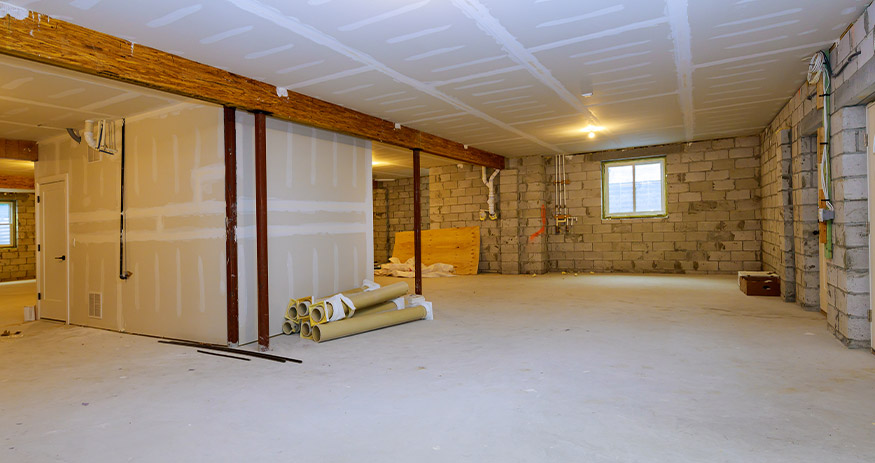
If your home is experiencing structural issues like cracks, shifting, or uneven floors, it may be time to consider underpinning. Underpinning is a specialized construction process that strengthens and stabilizes your home’s foundation—protecting your investment for the long term.
At Rock Bottom Underpinning, we understand that every home is different. That’s why we offer a variety of underpinning methods to match your soil type, foundation condition, and project goals. Not all techniques are suitable for every home—so knowing the options can help you make an informed decision.
In this guide, we’ll explore the different types of underpinning available for residential properties and explain how each works to reinforce your foundation.
Underpinning is the process of strengthening an existing foundation by extending it deeper or distributing its load across more stable ground. Over time, soil shifts, erosion, or poor construction can cause your home to settle or crack. Underpinning your foundation is an effective way to:
If your foundation is compromised or you’re planning a renovation that involves digging below-grade, foundation underpinning may be essential.
This is one of the oldest and most proven methods of underpinning. It involves excavating sections below the foundation and pouring concrete to extend the base down to stable soil.
Best For: Older homes with shallow or failing foundations.
Pros:
This method uses steel or concrete piers installed vertically beneath the foundation. Horizontal beams are then added to support the structure.
Best For: Homes on clay-rich or expansive soil where movement is common.
Pros:
Mini piling involves driving small-diameter piles into the ground to reach load-bearing strata. It’s ideal for areas with limited access or where traditional excavation isn’t feasible.
Best For: Tight spaces, urban settings, or deep foundation reinforcement.
Pros:
Hydraulic underpinning involves injecting grout or stabilizing material beneath the foundation using high-pressure equipment. It fills voids and reveals the foundation without excavation.
Best For: Non-invasive reinforcement or correcting uneven settlement.
Pros:
Screw piles are helical-shaped steel shafts drilled deep into the soil beneath your home. They offer strong support with minimal surface disruption and are eco-friendly.
Best For: Homes on loose or unstable soil and environmentally sensitive areas.
Pros:
The right underpinning technique for your house depends on several factors:
The experts at Rock Bottom Underpinning can assess your home and recommend the most suitable, cost-effective approach based on these variables.
Watch for signs like:
If you observe these, contact a professional underpinning contractor like Rock Bottom Underpinning for an inspection.
The timeframe varies based on the underpinning method and the scale of the work. Some projects take just a few days, while more complex underpinning can take several weeks.
Costs vary depending on the method used, the extent of foundation issues, and site conditions. While traditional underpinning tends to be more expensive, methods like screw piling or hydraulic underpinning may offer cost-effective alternatives.
Absolutely. A properly underpinned home is more structurally sound and attractive to potential buyers. It also enables you to lower the basement floor, creating additional usable or livable space.
At Rock Bottom Underpinning, we provide reliable, affordable, and long-lasting underpinning solutions for homeowners across the region. Whether your home is settling or you’re looking to increase your basement space, we have the tools and expertise to help.
Our team will evaluate your foundation and recommend the best type of underpinning tailored to your soil type, structure, and goals.
Contact Rock Bottom Underpinning today for a free, no-obligation consultation and ensure your home stands strong for generations to come.